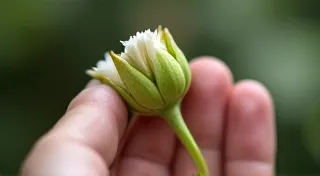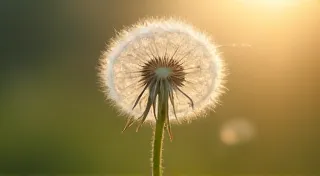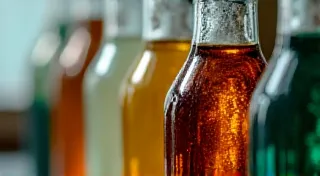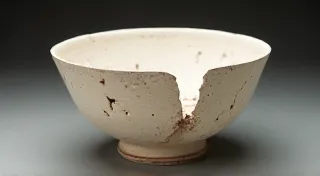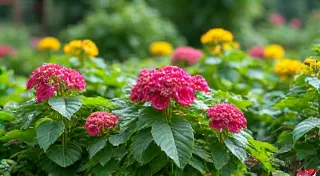The scent of damp earth and the quiet murmur of simmering pots… these are the memories that cling to the legacy of madder root. More than just a dye, madder is a connection – a tangible link to generations of artisans who coaxed vibrant hues from the very soil they tilled. It’s a story woven into the fabric of history, a persistent echo resonating through time, and a profound testament to the enduring power of natural dyes.
My grandmother, a woman whose hands seemed to hold the wisdom of centuries, used to tell me stories about the women in her village, bent over vats of madder, their laughter mingling with the steam rising from the dye. She would point to the deep, saturated reds that graced the traditional textiles – the vibrant ceremonial robes, the humble work clothes – and say, "This, child, is the color of our land. The color of our resilience." It wasn’t just about the red, though. It was about the process, the community, the deep, intimate knowledge of the plant and its properties.
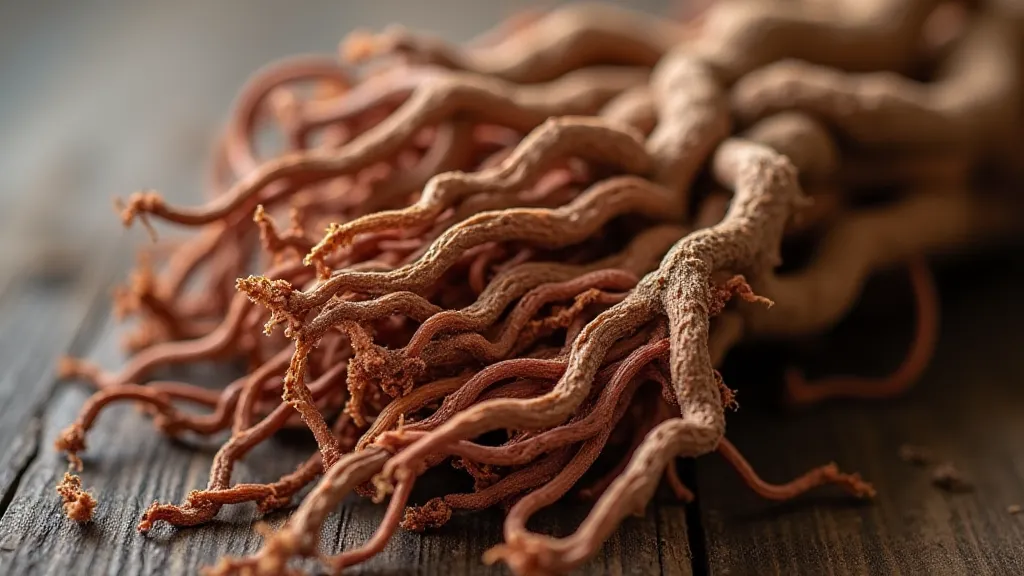
The significance of madder root isn’t solely defined by its geographical origins. It’s deeply intertwined with the socio-economic fabric of these regions. In many instances, madder cultivation and dyeing became specialized industries, passed down through families, and contributing significantly to local economies. The expertise to grow, harvest, and prepare madder – and to combine it with other mordants (substances that fix the dye to the fabric) to achieve a spectrum of shades – became a treasured, often fiercely guarded, skillset. The pursuit of these unique and naturally derived hues can be quite demanding, requiring an almost alchemic approach – a subject we explore further in The Alchemist’s Garden: Cultivating Natural Dyes.
The true magic of madder lies not only in its availability but also in its astonishing versatility. What many believe to be a singular “red” is actually a spectrum of colors, influenced by factors like soil composition, harvesting time, and the mordant employed. Alum (potassium aluminum sulfate) tends to yield bright, scarlet reds. Iron mordants produce more subdued, earthy tones – often described as brick reds or maroons. Tin creates brighter, more orange-red shades. And the clever combination of different mordants allows for an almost limitless range of hues.
The ability to manipulate these hues was a testament to the artisan’s skill. It wasn’s simply about dumping root into water and expecting a vibrant red. The process was a slow, deliberate alchemy, requiring a deep understanding of chemistry and the subtle interplay between plant matter, mineral compounds, and the fibers of the cloth itself. Recipes for madder dyeing were, and in many cases still are, closely held secrets, passed down through generations. The complex interplay between natural resources and ancient practices is a subject that deserves further examination – similar to the investigation presented in Dyed in the Shadows: The Ethics of Natural Resources. A nuanced understanding of grey scale can also significantly impact dye results, as detailed in Achromatic Bloom: Exploring Gray Scale with Natural Dyes.
The rise of synthetic dyes in the 19th century dealt a severe blow to natural dye industries worldwide. The appeal of inexpensive, readily available, and intensely vibrant synthetic colors proved irresistible to many, and traditional techniques were often abandoned. The knowledge, once so vital, risked being lost forever.
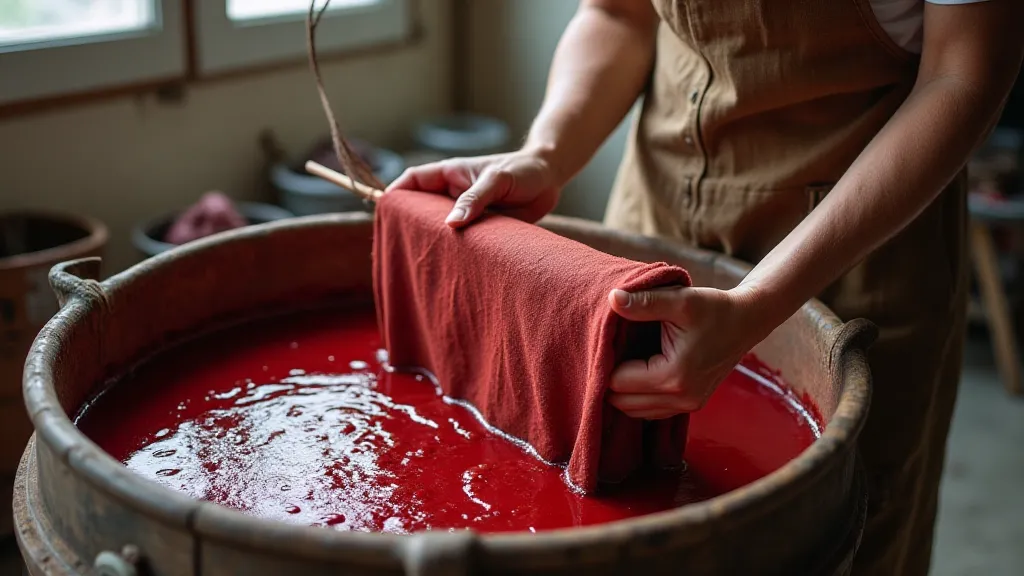
However, in recent decades, there’s been a remarkable resurgence of interest in natural dyeing. This isn’t merely a nostalgic fad; it’s a deep-seated desire to reconnect with traditional practices, to embrace sustainable methods, and to appreciate the inherent beauty and unique qualities of naturally derived colors. The appreciation for the subtle nuances that only natural dyes can offer is now recognized—the slight variations in tone, the soft hand feel, the gentle fading over time, all tell a story of origin and craftsmanship. This return to ancestral methods often involves deciphering old formulas, a journey we briefly touch upon in Echoes of the Past: Reinterpreting Ancient Dye Recipes, highlighting the challenges and rewards of reviving lost techniques.
This revival has spurred renewed efforts to cultivate madder root, to document traditional techniques, and to educate a new generation of artisans. There's a growing understanding that these traditional practices aren't just about producing beautiful textiles; they're about preserving cultural heritage, promoting sustainable agriculture, and fostering a deeper connection to the land. The techniques used to extract color from plants require a specialized understanding of materials and processes - requiring an almost alchemic ability to transform the raw material into a vibrant hue. The process is as important as the result, a reflection of respect for nature and a dedication to preserving a rich cultural heritage.
For those captivated by the legacy of madder, collecting antique textiles offers a tangible link to the past. Pieces dyed with natural madder often possess a subtle luminosity and a depth of color that’s difficult to replicate with modern dyes. However, handling and preserving these treasures requires a careful approach. Vintage madder-dyed textiles are often fragile, susceptible to light damage, and may exhibit signs of fading or discoloration.
Restoration of antique madder-dyed fabrics is best left to experienced conservators, but a keen eye can appreciate the signs of authenticity. A close inspection of the weave, the color saturation, and the overall texture can reveal much about a textile’s origins. The subtle nuances in the dye—the slightly uneven application, the gentle variations in tone—are hallmarks of hand-dyeing and a testament to the artisan’s skill. The degradation of organic dyes over time presents unique preservation challenges, often involving understanding the chemical processes at play and employing delicate, non-invasive techniques.
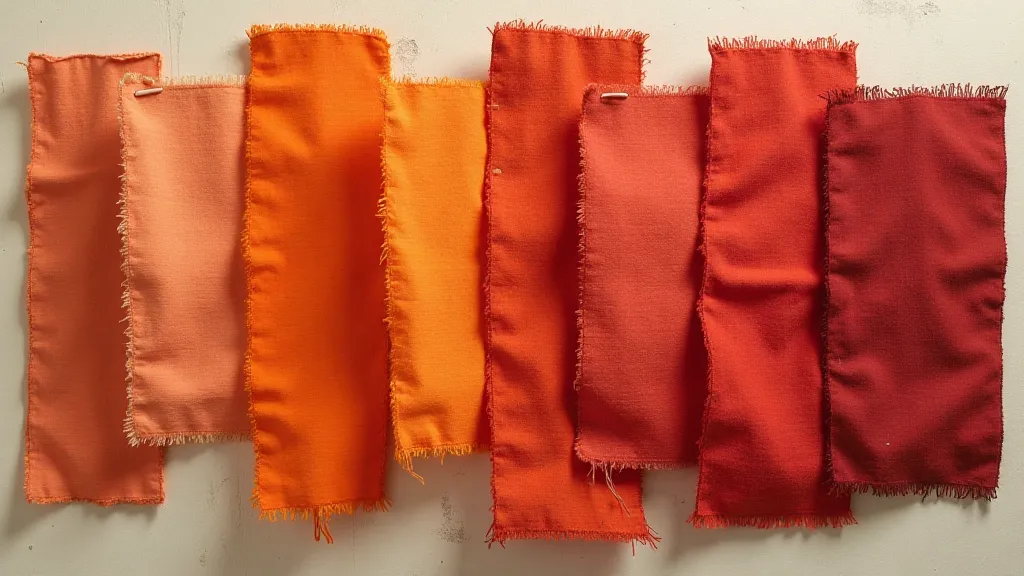
The specific challenges presented by iron-based dyes, for instance, are markedly different from those posed by alum, each demanding tailored preservation strategies. These strategies often require meticulous record-keeping and a deep appreciation for the materials' history and composition. The subtle variations in the color and texture of antique textiles tell a silent story—a testament to the skill of the artisan and the passage of time.
Ultimately, the echo of madder continues to resonate—a testament to the enduring connection between people, plants, and the land. It’s a reminder that the most beautiful creations often arise from a deep appreciation for natural resources and a commitment to traditional craftsmanship. The legacy of madder isn’t just about a color; it’s about a story—a story of resilience, artistry, and the enduring power of the human spirit. It represents more than just a method of imparting color; it embodies a profound respect for nature, a dedication to preserving cultural heritage, and an appreciation for the slow, deliberate process of creation. The challenges faced in replicating these techniques today only serve to underscore their inherent value and the dedication required to honor the traditions of the past. Recognizing and appreciating the historical context surrounding natural dyes allows us to better understand the craftsmanship and artistry involved. Preserving these traditions requires a commitment to sustainable practices and a willingness to embrace the beauty of imperfection. The legacy of madder is a reminder that true beauty lies not in uniformity but in the unique character and story of each individual piece. The subtle variations in color and texture are not flaws but rather hallmarks of authenticity, reflecting the skill and artistry of the artisan and the unique qualities of the natural materials used.
